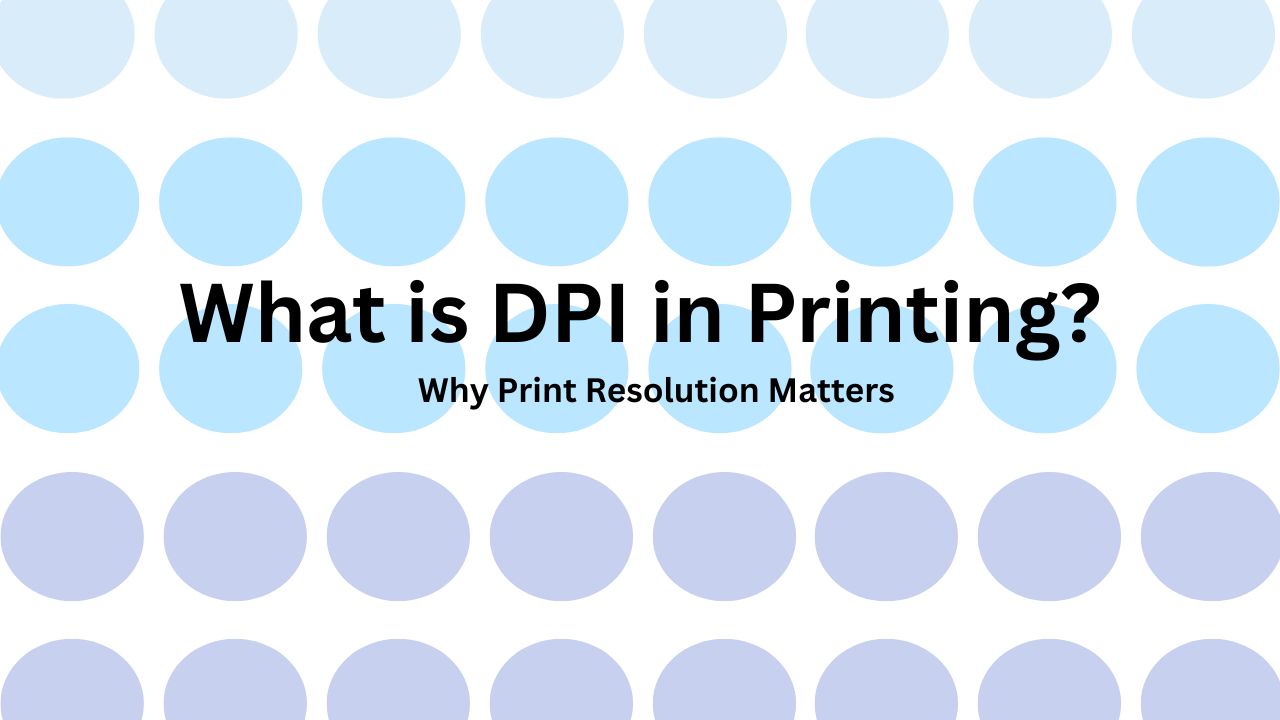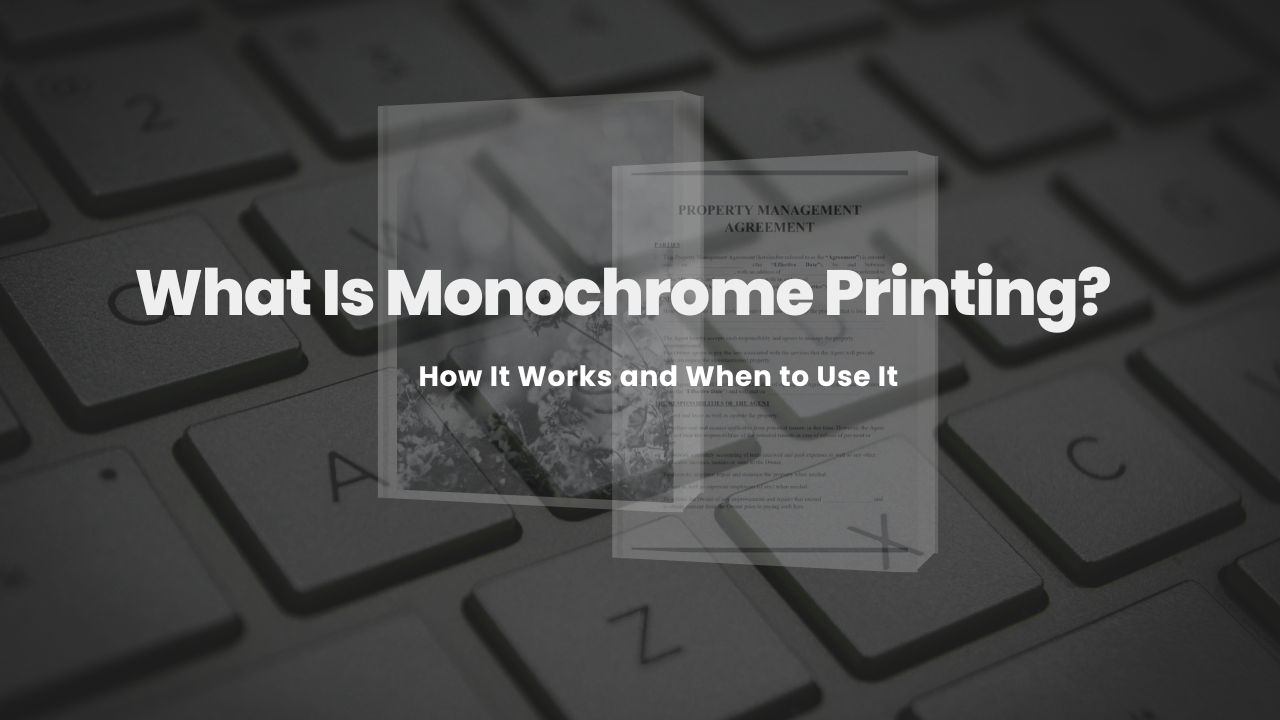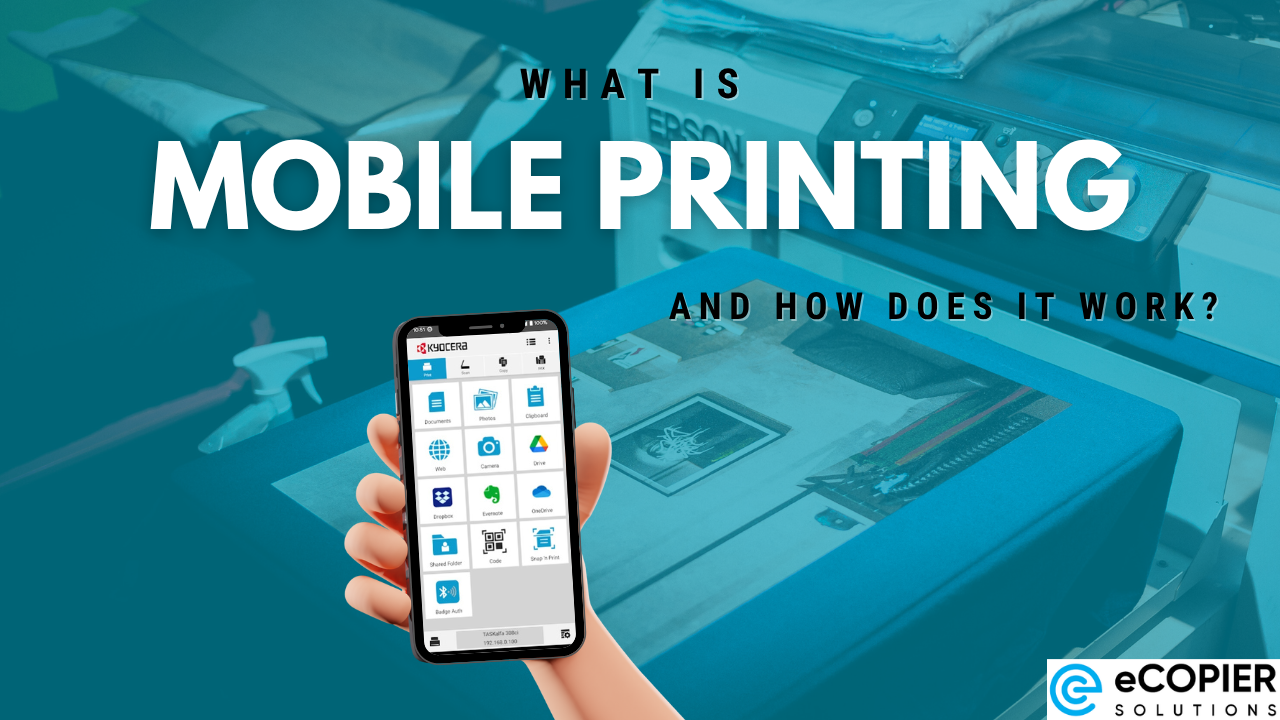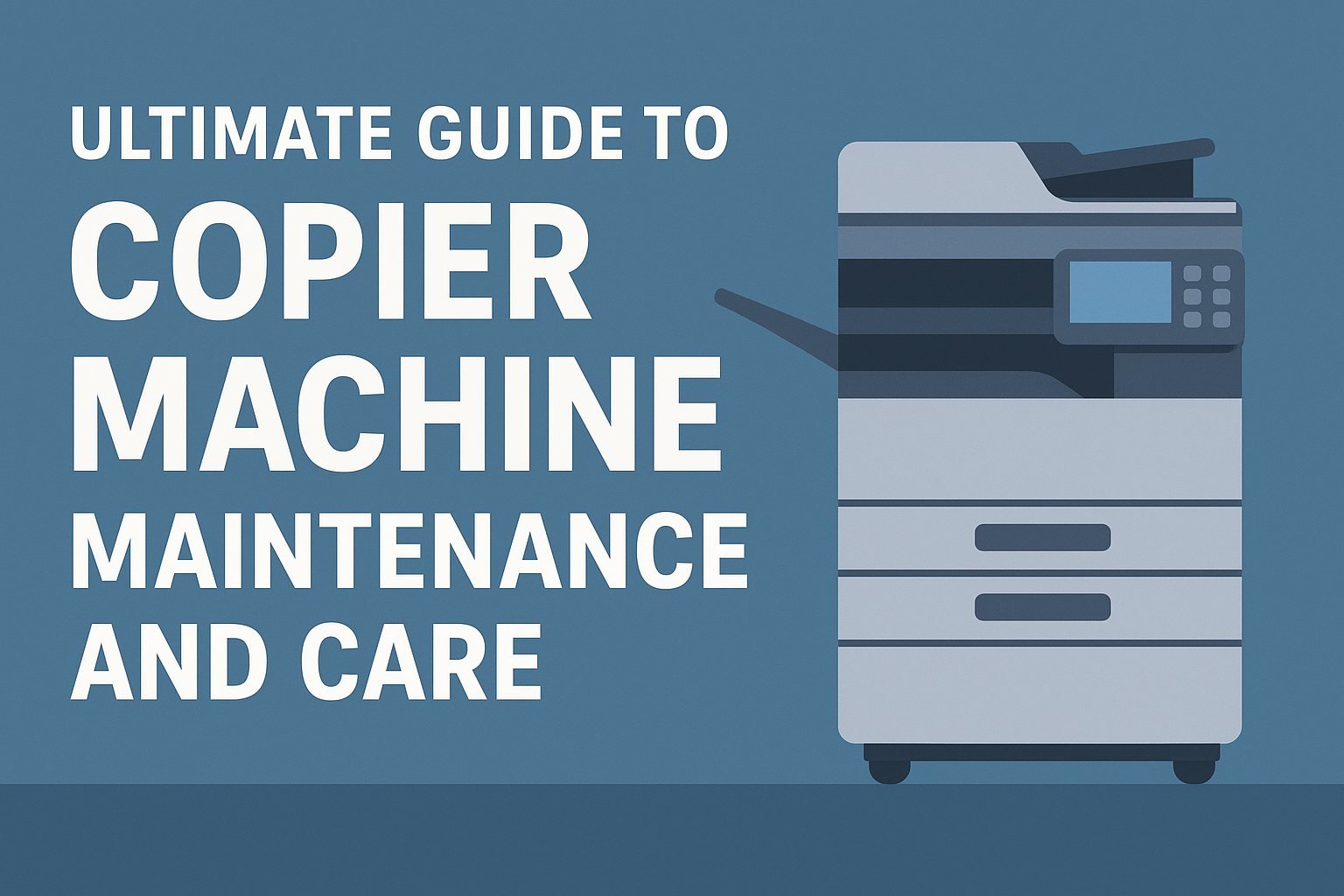Introduction to SAM and Its Strategic Significance
In today’s complex IT environments, managing software assets effectively is crucial for organizations seeking cost efficiency, compliance, and operational agility. Software Asset Management (SAM) is a comprehensive approach that encompasses planning, controlling, and optimizing software resources throughout their lifecycle. By adopting best practices, leveraging advanced tools, and understanding lifecycle management, organizations can unlock significant value, ensuring their software investments deliver maximum returns while mitigating risks associated with licensing, security, and compliance.
Understanding Software Asset Management (SAM) and Its Critical Role

What is Software Asset Management (SAM) and why is it important?
Software Asset Management, commonly known as SAM, is a strategic approach that involves using a set of practices and tools to oversee, organize, and govern an organization's software assets throughout their whole lifecycle. This includes everything from acquiring and deploying software, to tracking usage, ensuring license compliance, and eventually retiring or renewing software licenses.
SAM encompasses activities like maintaining accurate software inventories, conducting regular license audits, managing procurement processes, and planning software lifecycle stages. Technologies such as license management systems, automation tools, and discovery platforms support these activities, making the process more efficient and reliable.
The importance of SAM in modern organizations cannot be overstated. It helps in minimizing legal and financial risks by ensuring software licenses are compliant with vendor agreements. At the same time, it drives cost savings by identifying underused or unused licenses that can be reclaimed or optimized.
Furthermore, SAM enhances operational efficiency by providing clear visibility into software deployment and usage. This allows IT teams to make informed decisions about upgrades, renewals, and new purchases, aligning software use with organizational needs.
In today’s complex digital environment involving widespread SaaS and cloud applications, SAM enables organizations to maintain control over their software environment, improve security, and ensure readiness for audits. Ultimately, effective SAM maximizes the return on software investments, reduces unnecessary expenses, and sustains compliance, thereby supporting overall business agility and growth.
Best Practices and Strategies for Optimizing SAM

What are some effective strategies for optimizing software asset management?
Optimizing SAM involves a combination of strategic planning, automation, and stakeholder engagement. Organizations should start by developing a comprehensive SAM approach that includes regular audits and compliance checks. These audits help verify license compliance, identify unused or underutilized assets, and reduce risks associated with shadow IT.
Centralized inventory management is crucial. By maintaining a single, updated repository of all software assets—covering both on-premises and SaaS—that includes license details, usage data, and vendor information, companies can gain full visibility and control.
The integration of automation and AI tools plays a vital role. Solutions like Zylo or Flexera can automate discovery processes, monitor license utilization in real time, and optimize license allocation. This reduces manual errors, minimizes overspending, and helps prevent software sprawl.
Engaging stakeholders across departments and securing executive sponsorship fosters a culture of compliance and efficiency. Training staff to understand licensing models, usage policies, and renewal procedures ensures more responsible software use.
Implementing lifecycle management practices ensures continuous improvement. Tracking key metrics such as license utilization rates, renewal cycles, and cost savings helps measure SAM effectiveness. Regular reviews and updates to policies and tools enable organizations to adapt to changing technology landscapes and business needs.
In summary, combining regular audits, centralized management, automation, stakeholder involvement, and ongoing review creates a robust foundation for a successful SAM program. These strategies not only ensure compliance and reduce costs but also enhance overall IT operational efficiency.
Technologies, Standards, and Tools in Effective SAM

What tools, technologies, and standards are used in SAM for better management?
Software Asset Management (SAM) relies on an array of tools and technological approaches to ensure optimal use, compliance, and cost control of software assets. License management systems, such as Flexera, Snow Software, and USU, provide centralized platforms for tracking licenses, controlling entitlements, and automating license compliance processes.
Discovery and inventory tools like ServiceNow and Torii SaaS Management Platform (SMP) facilitate continuous scanning of software environments. They enable organizations to identify installed applications, usage patterns, and shadow IT—unapproved software running within the organization—thus providing comprehensive visibility.
Automation and artificial intelligence (AI) are increasingly integrated into SAM solutions. These enhance activities such as license reclamation, usage analysis, and compliance monitoring, reducing manual effort and human error. AI-driven insights help forecast future software needs and optimize license deployment.
Industry standards play a crucial role in guiding best practices. The ISO/IEC 19770-1:2017 standard establishes international benchmarks for SAM processes, ensuring consistency and quality across implementations. Additionally, frameworks like ITIL emphasize process integration and continual improvement, supporting organizations in building efficient, compliant, and scalable SAM programs.
Together, these tools, standards, and advanced technologies create a cohesive ecosystem. This ecosystem enables precise asset tracking, lifecycle management, and strategic decision-making, leading to cost savings and reduced risks.
| Tool/Technology | Functionality | Example Providers | Description |
|---|---|---|---|
| License Management Systems | Entitlement tracking, compliance automation | Flexera, Snow Software, USU | Centralize license data and automate compliance checks |
| Discovery & Inventory Tools | Software and hardware inventory, shadow IT detection | ServiceNow, Torii SMP | Continuous scanning for installed assets and usage |
| AI & Automation | Predictive analytics, license optimization, shadow IT discovery | Custom AI integrations, vendor-specific features | Enhance accuracy, efficiency, and proactive management |
| Industry Standards | Best practices, frameworks for process consistency | ISO/IEC 19770-1:2017, ITIL | Provide guidelines for implementing effective SAM programs |
Employing these tools and adhering to recognized standards ensures that organizations maintain accurate, compliant, and cost-effective software asset portfolios, ultimately supporting strategic IT and business objectives.
Lifecycle Management of Software Assets in SAM
What is the lifecycle management of software assets in SAM?
The lifecycle management of software assets in SAM involves guiding software from initial discovery and inventory to procurement, deployment, ongoing monitoring, and eventual retirement or disposal. It includes activities such as acquiring the right licenses, ensuring proper installation and configuration, and maintaining compliance through auditing and license management.
Throughout its lifecycle, software is monitored for usage, performance, and compliance, with adjustments and optimizations made to maximize value and cost-efficiency. At end-of-life, software is decommissioned and securely disposed of, ensuring adherence to disposal policies and compliance standards.
Effective lifecycle management leverages various tools, standards, and best practices to ensure software investments are optimized, compliant, and aligned with organizational goals.
Phases of software lifecycle (discovery, procurement, deployment, monitoring, retirement)
| Phase | Description | Purpose |
|---|---|---|
| Discovery | Identifying all existing software, including shadow IT | Establishing an accurate inventory and understanding software landscape |
| Procurement | Purchasing and licensing software | Ensuring compliance and cost control |
| Deployment | Installing and configuring software | Making software operational for users |
| Monitoring | Tracking usage, performance, and license compliance | Optimizing licensing and avoiding risks |
| Retirement | Decommissioning and securely disposing of software | Managing end-of-life and ensuring compliance with disposal policies |
Importance of each phase
- Discovery provides a complete view of all software assets, preventing shadow IT and untracked licenses.
- Procurement enforces licensing compliance and cost-effective purchasing.
- Deployment ensures proper installation, reducing operational issues.
- Monitoring helps optimize license utilization, prevent overspending, and maintain security.
- Retirement reduces software waste, manages data security, and ensures compliance.
Tools supporting lifecycle management
Modern SAM platforms integrate various features to support each phase:
- Discovery tools (e.g., Flexera, InvGate) automatically scan networks for installed software.
- License management modules track entitlements and usage in real-time.
- Deployment and configuration tools facilitate streamlined installation.
- Usage tracking and monitoring solutions provide insights into how software is used.
- Automated retirement and disposal features ensure secure decommissioning.
These tools help organizations automate, streamline, and maintain control throughout the software lifecycle, maximizing ROI and minimizing risks.
Cost and Compliance Optimization in SAM

How can organizations optimize costs and ensure compliance in software asset management?
Maximizing value from software investments while minimizing risks depends largely on effective management of software assets. Organizational success begins with creating and maintaining thorough, accurate software inventories that encompass all applications, licenses, and subscriptions, including shadow IT and SaaS solutions.
Regular audits are essential to identify unused or underutilized licenses, which can then be reclaimed or reallocated to improve license efficiency. Advanced SAM platforms facilitate this process by providing real-time insights into license usage, enabling automated reclamation and renewal management, reducing manual errors, and streamlining administrative tasks.
Understanding various license types (per-user, per-device, subscription, perpetual) and licensing agreements helps organizations avoid over- or under-licensing. Clear policies, supported by staff training, further mitigate compliance risks and prevent legal issues.
A lifecycle approach — from procurement, deployment, usage, to decommissioning — ensures each phase is optimized for cost and compliance. Automating license tracking and enforcing policies through centralized programs continuously enhances oversight.
In addition, leveraging automation technologies allows organizations to monitor compliance proactively, promptly address license mismatches, and adapt quickly to changing usage patterns. This reduces unnecessary expenditure, prevents costly penalties, and supports strategic decision-making.
Focusing on cloud and SaaS management is equally important. Utilizing specialized tools to oversee SaaS subscriptions aids in controlling sprawl, identifying unused or duplicate licenses, and negotiating better vendor contracts.
Implementing these practices—regular audits, automation, lifecycle management, policy enforcement, and continuous monitoring—enables organizations to optimize costs and ensure adherence to licensing agreements effectively. This integrated approach results in financial savings, reduced legal risks, and enhanced operational efficiency.
Case Studies Demonstrating Effective SAM and Cloud Spend Management
Various organizations across sectors have adopted robust Software Asset Management (SAM) and cloud spend strategies to achieve significant cost savings and compliance improvements.
In the government sector, a notable example is a government agency that achieved a 50% reduction in costs through the use of tools like ServiceNow and SCCM to optimize license usage and manage software assets more effectively. These tools helped streamline license tracking and reduce overspending.
Financial institutions have also benefited greatly. A regional bank, for instance, managed its vendor contracts efficiently by deploying a Buy-Operate-Transfer (BOT) strategy, which resulted in over $22 million in savings and avoided additional costs exceeding $123.4 million. This proactive approach minimized unnecessary expenditures and improved negotiation leverage.
In healthcare, a large organization overseeing hundreds of software publishers successfully avoided costs totaling $65 million. This was achieved through improved license management, stricter compliance monitoring, and detailed inventory audits, which also enhanced regulatory adherence.
Cloud cost management offers additional success stories. Arabesque AI optimized its cloud infrastructure by utilizing Google Cloud's preemptible nodes and containerization, which cut server costs by roughly 75%. Similarly, Airbnb reduced its storage expenses by 60% by adopting strategic resource allocation and cloud optimization techniques on AWS.
Moreover, DBS Bank exemplifies effective license management by employing Flexera’s tools to discover software assets proactively, manage licenses efficiently, and significantly reduce penalties associated with audit non-compliance. Their integrated approach demonstrates the value of combining discovery, management, and analytics in SAM.
These case studies highlight how leveraging advanced SAM and cloud management tools allows organizations to optimize resource use, control costs, and maintain compliance—ultimately supporting strategic business objectives.
Benefits of Effective Software Asset Management
What are the benefits of effective software asset management for an organization?
Implementing strong Software Asset Management (SAM) practices brings multiple advantages that significantly enhance an organization’s operational capabilities and financial health.
One of the primary benefits is cost savings. By monitoring and optimizing license utilization, organizations can identify underused or redundant software, reducing unnecessary expenditures. Automated license tracking and procurement processes also streamline spending, preventing overspending and maximizing ROI.
Risk mitigation is another critical aspect. Effective SAM ensures compliance with licensing agreements, minimizing legal and financial penalties from audits. It also reduces security vulnerabilities by keeping software up-to-date and compliant with new legislation, safeguarding organizational data and infrastructure.
Operational efficiency benefits from automation and real-time insights into software usage. These capabilities enable IT teams to manage licenses proactively, streamline workflows, and make data-driven decisions for upgrades, renewals, and decommissioning.
Additionally, better decision-making results from comprehensive visibility into software assets. Accurate data supports strategic planning, procurement, and lifecycle management, enabling organizations to adapt quickly to changing technology landscapes.
In sum, effective SAM leads to a more secure, compliant, and cost-efficient environment, empowering organizations to focus on strategic growth while controlling software-related risks and expenses.
Evaluating, Selecting, and Implementing SAM Tools
How can organizations evaluate, select, and implement SAM tools?
Organizations aiming to optimize their software asset management (SAM) should start by clearly defining their goals and specific use cases. Engaging relevant stakeholders across IT, procurement, and compliance teams helps identify priorities and critical requirements.
Assessing vendors thoroughly involves preparing targeted questions about integrations with existing systems, support options, and compatibility with organizational infrastructure. It is also crucial to involve domain experts to evaluate product capabilities beyond marketing claims.
Key features to compare include software discovery, license management, automation, compliance support, and real-time usage monitoring. Ensuring that selected tools align with the organization’s size and maturity level enhances effectiveness.
A phased approach to implementation allows for gradual integration, which helps manage risks and facilitates training. Starting with pilot projects or proof-of-concept testing can demonstrate value and identify adjustments needed.
Cross-department collaboration supports smooth adoption. Sharing data across teams and engaging stakeholders early ensures the platform meets diverse needs. Ongoing training and support are vital for maximizing benefits.
Cost considerations also play a role. Organizations should evaluate the return on investment (ROI) by analyzing potential cost savings from optimized licenses, reduced compliance risks, and improved operational efficiency.
Overall, a structured process involving detailed evaluation, strategic planning, phased deployment, and stakeholder engagement is essential for successful SAM tool selection and implementation.
Harnessing the Power of Strategic SAM for Organizational Success
Effective Software Asset Management is not merely a compliance exercise but a strategic cornerstone that empowers organizations to optimize costs, streamline operations, and reinforce security. By adopting best practices, leveraging robust tools, and continuously refining processes throughout the software lifecycle, businesses can achieve transparency, agility, and compliance in their software environments. As technology evolves, especially in the realms of cloud and SaaS, organizations must stay proactive, integrating standards like ISO/IEC 19770-1 and embracing automation and AI. The culmination of strategic SAM fosters a culture of responsibility, efficiency, and innovation, positioning organizations for long-term success and market competitiveness.
References
- Software Asset Management Best Practices Guide
- What is software asset management?
- Software asset management and spend optimization
- Managed Software Asset Optimization
- What is software asset management (SAM)?
- Software Asset Management Guide: Best Practices ...
- Software Asset Management: Goals & Core Processes
- Advanced Software Asset Optimization | Altair SAO
- Visualize, Control, And Optimize Your Spend With Software ...




.jpg)


























